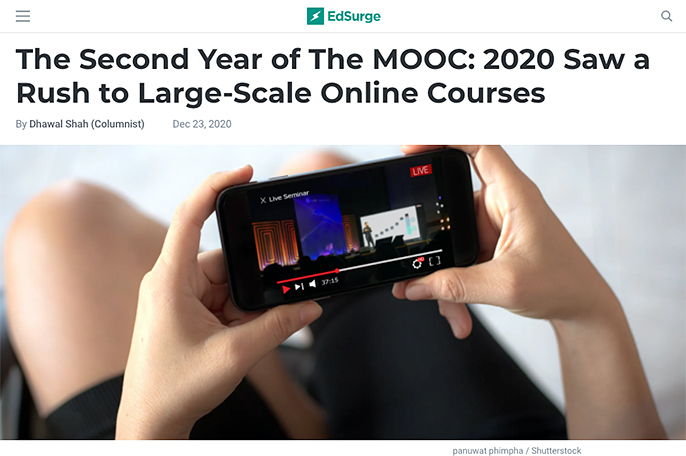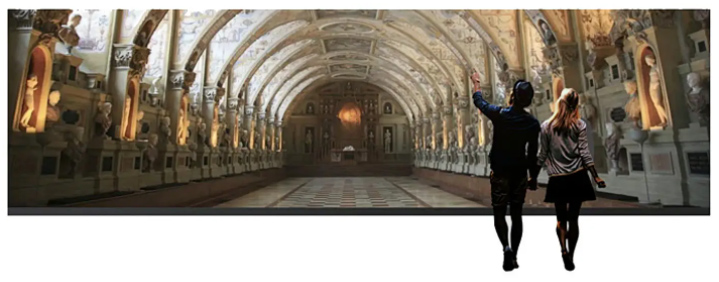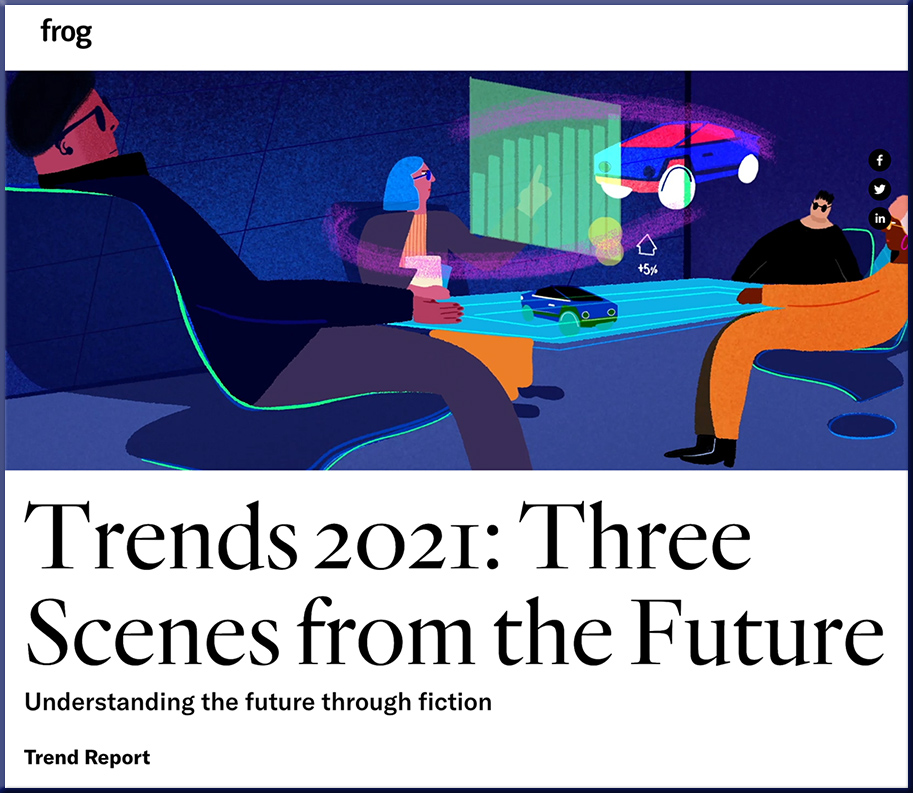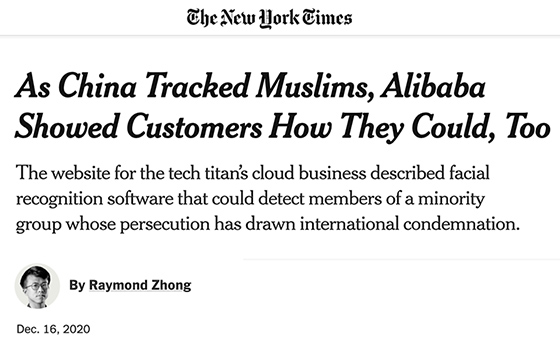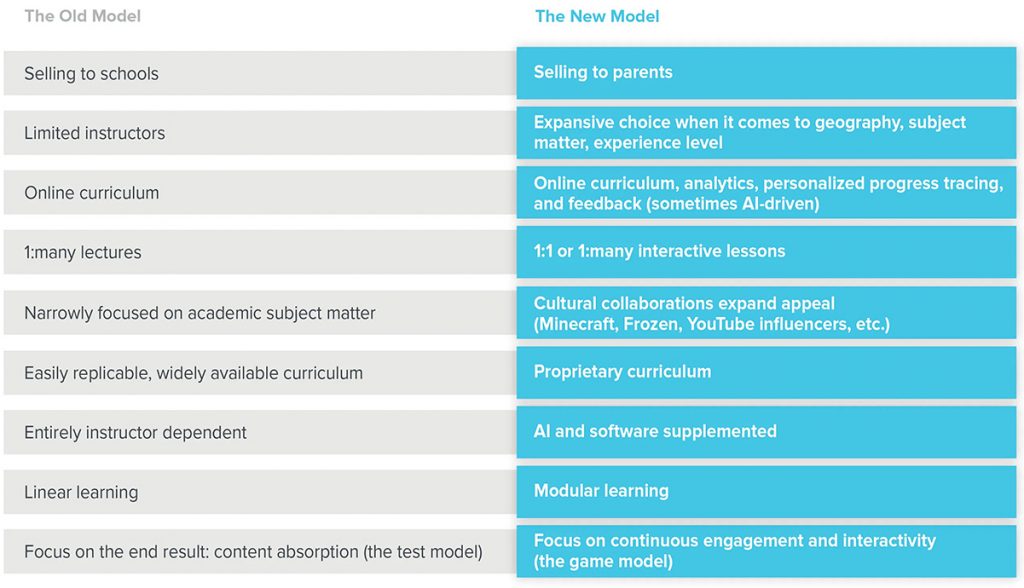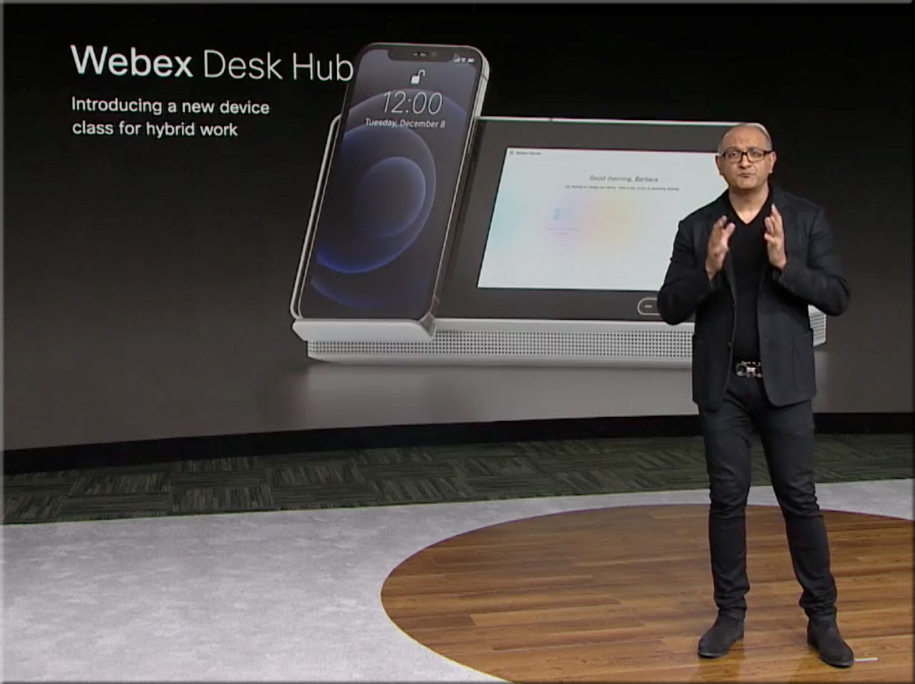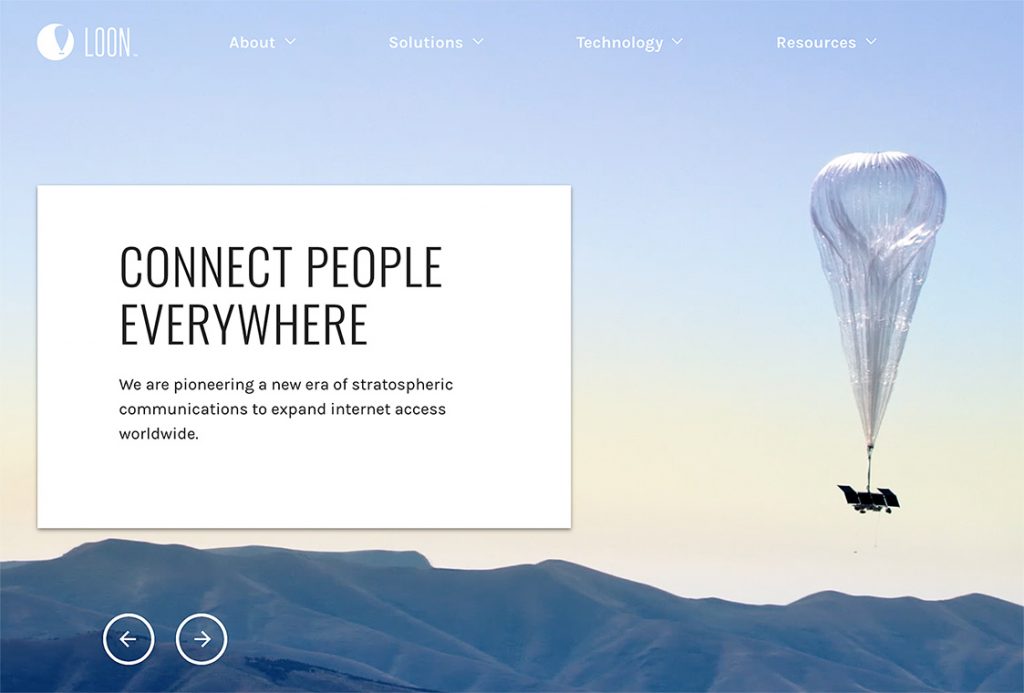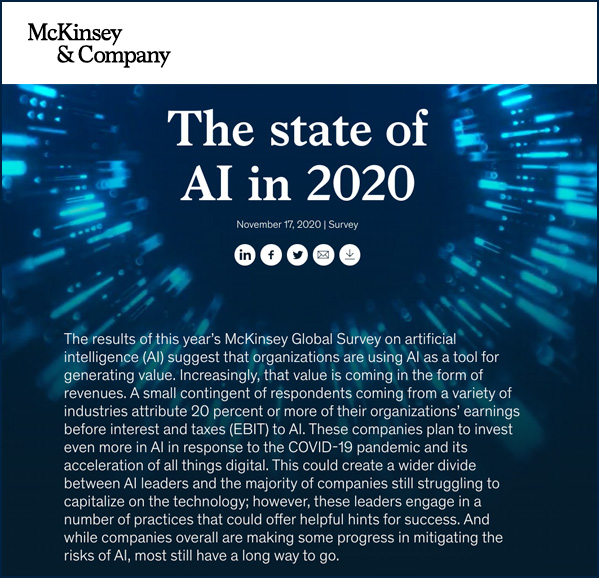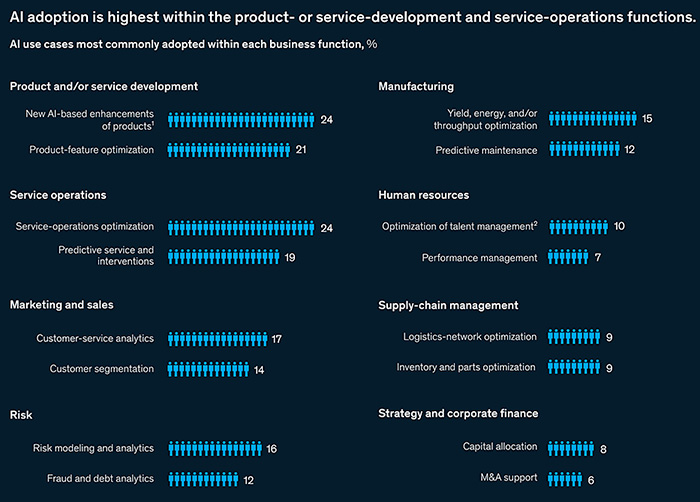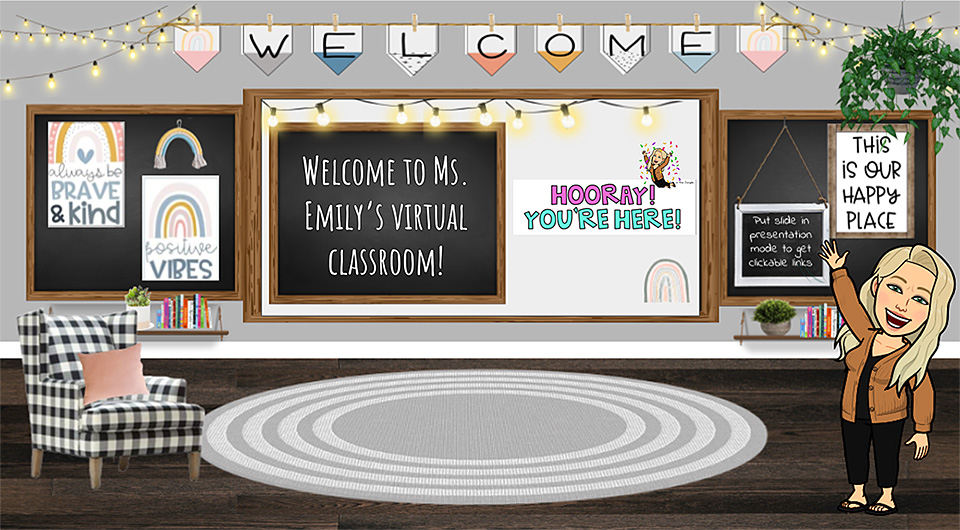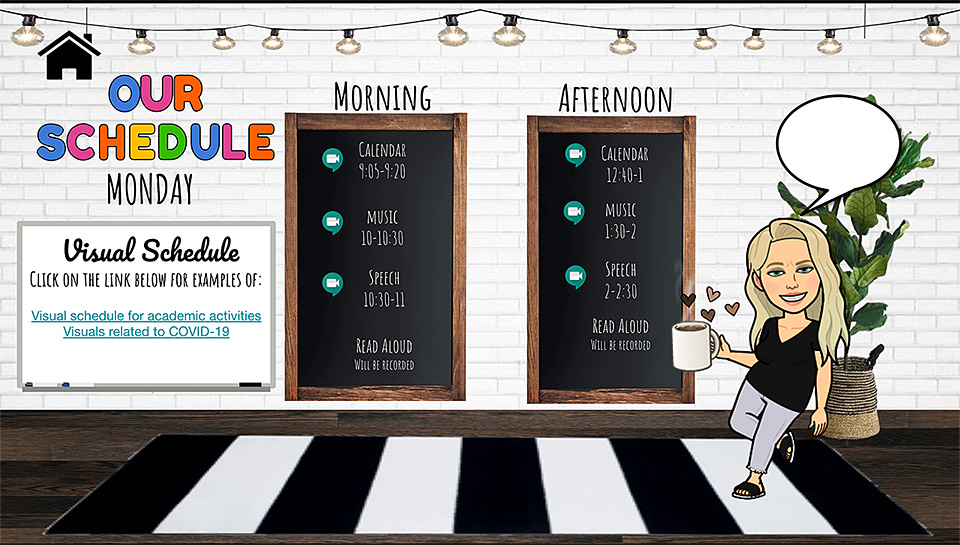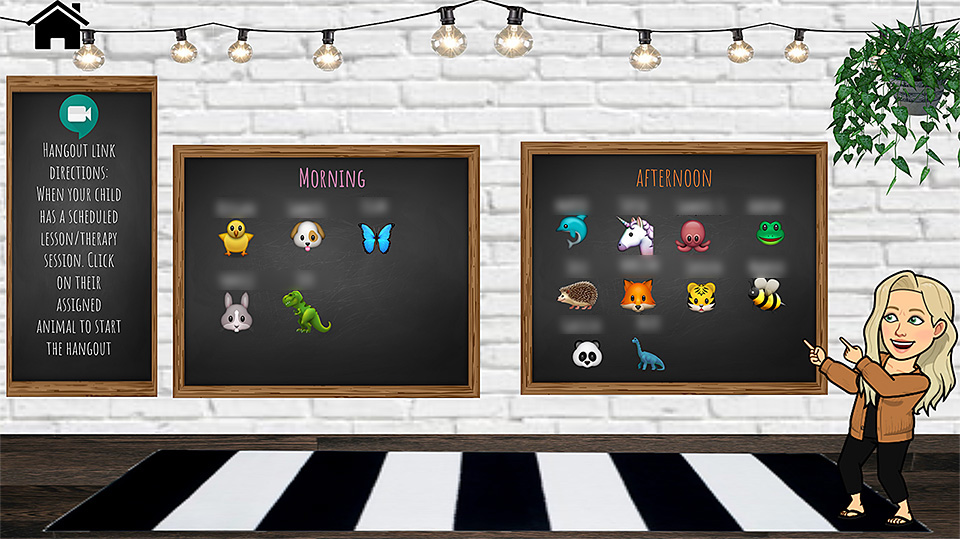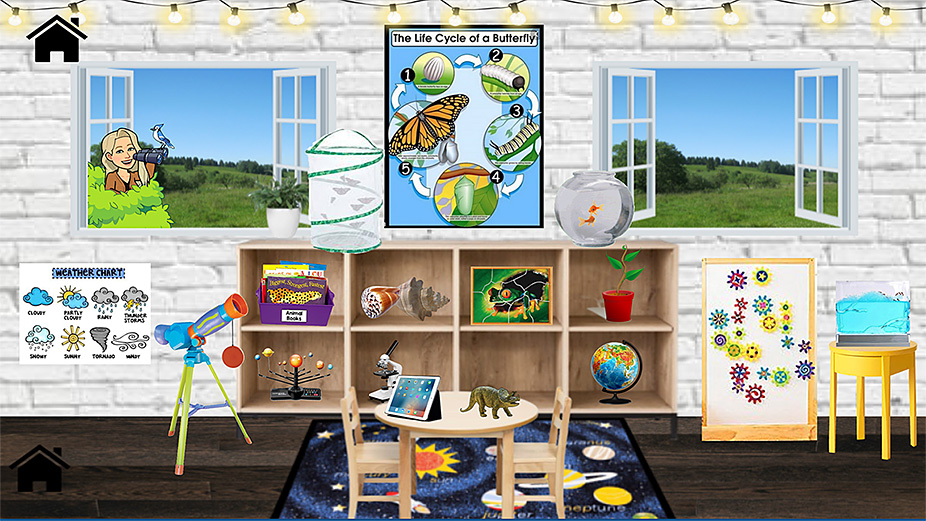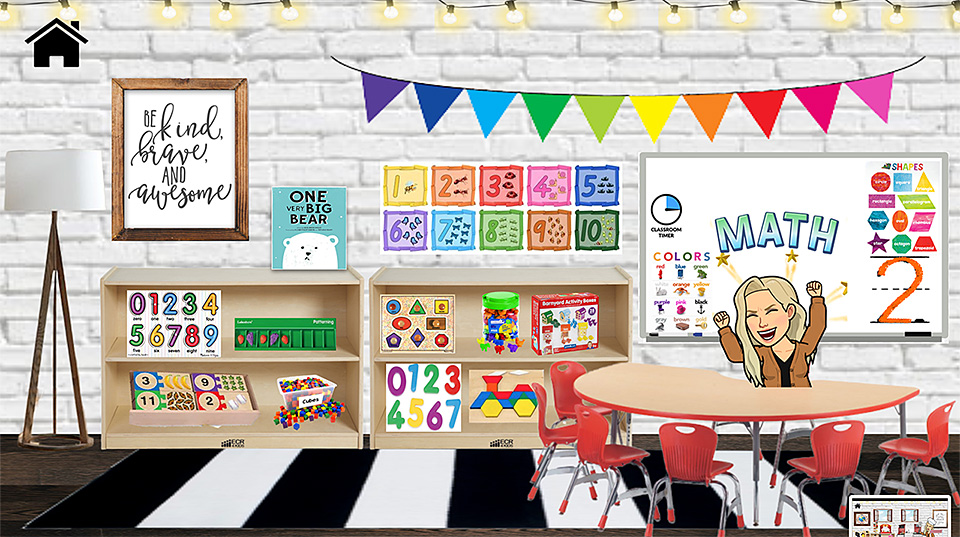From DSC:
After seeing the following two items, I wondered…should more professors, teachers, and staff members be on Substack?
Heather Cox Richardson Offers a Break From the Media Maelstrom. It’s Working. — from nytimes.com by Ben Smith
She is the breakout star of the newsletter platform Substack, doing the opposite of most media as she calmly situates the news of the day in the long sweep of American history.
Excerpt:
Last Wednesday, I broke the news to Heather Cox Richardson that she was the most successful individual author of a paid publication on the breakout newsletter platform Substack.
Early that morning, she had posted that day’s installment of “Letters From an American” to Facebook, quickly garnering more than 50,000 reactions and then, at 2:14 a.m., she emailed it to about 350,000 people.
…
The news of her ranking seemed to startle Dr. Richardson, who in her day job is a professor of 19th century American history at Boston College. The Substack leader board, a subject of fascination among media insiders, is a long way from her life on a Maine peninsula — particularly as the pandemic has ended her commute — that seems drawn from the era she studies.
Is Substack the Media Future We Want? — from newyorker.com by Anna Wiener
The newsletter service is a software company that, by mimicking some of the functions of newsrooms, has made itself difficult to categorize.
Excerpt:
…Substack, a service that enables writers to draft, edit, and send e-mail newsletters to subscribers. Writers can choose whether subscriptions are free or paid; the minimum charge for paid subscriptions is five dollars a month or thirty dollars a year, and Substack takes ten percent of all revenue.









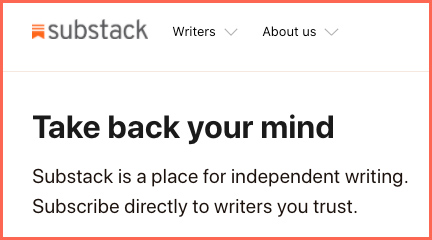

![The Year TV Leaped Into The Future [Roettgers]](http://danielschristian.com/learning-ecosystems/wp-content/uploads/2020/12/BigTrendsStreaming-2020-Janko-Roettgers.jpg)
